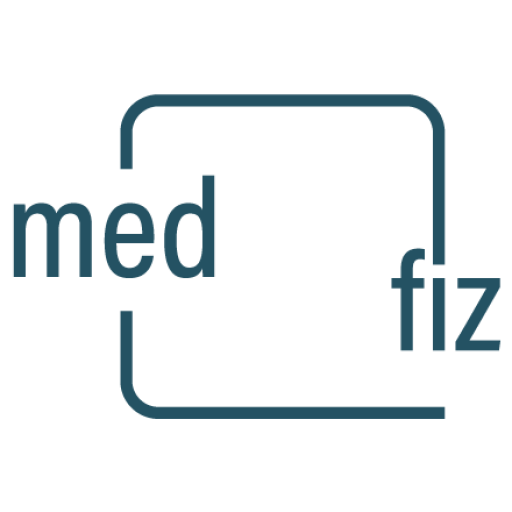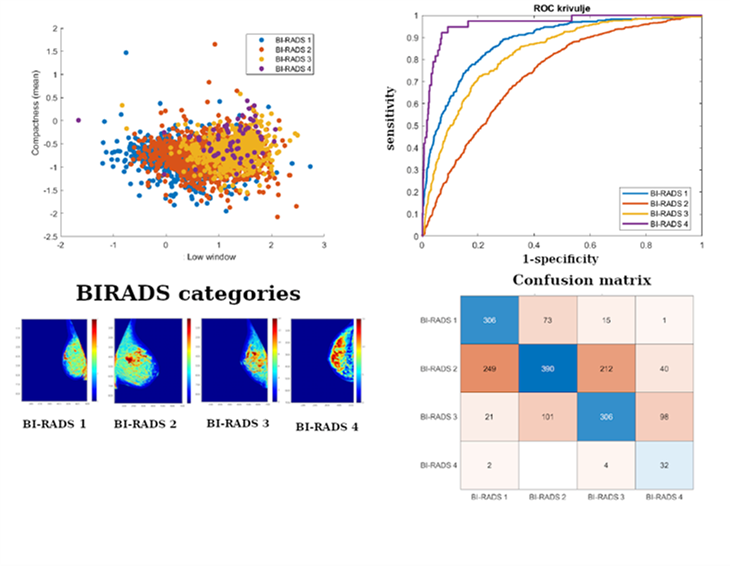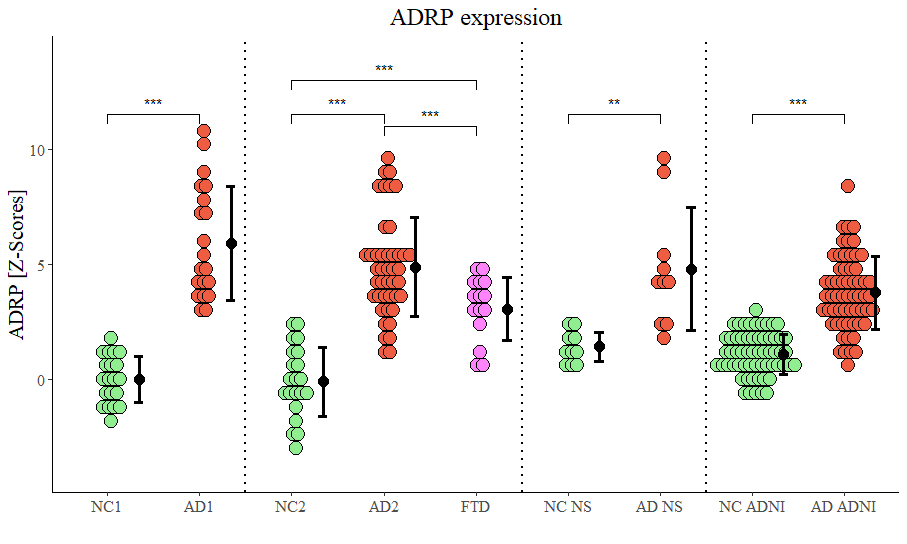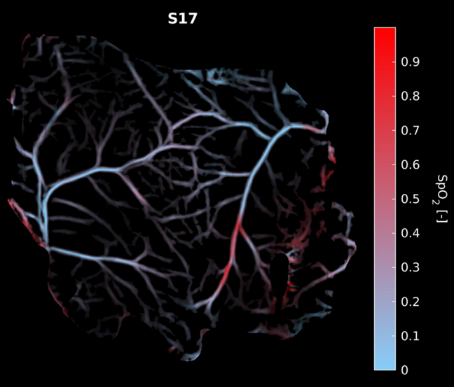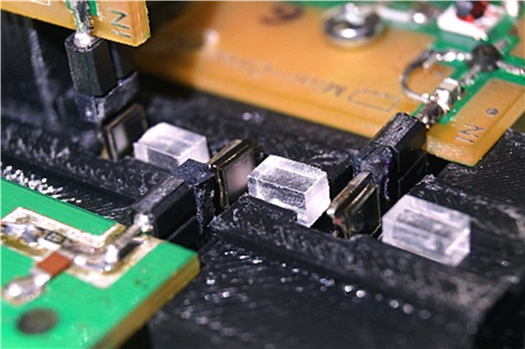Biomedical optical imaging (BMOI) enables capturing valuable information from biological processes in diseased and healthy tissues. Increased understanding of life at the macro- and microscales have improved clinical diagnosis and treatment. However, multiple challenges of BMOI remain, such as incomplete information available by a single BMOI modality, which requires combining multiple complementary modalities, quantification of optical imaging biomarkers (OIB), and inadequate understanding of relations between macro- and microscopic optical properties.


